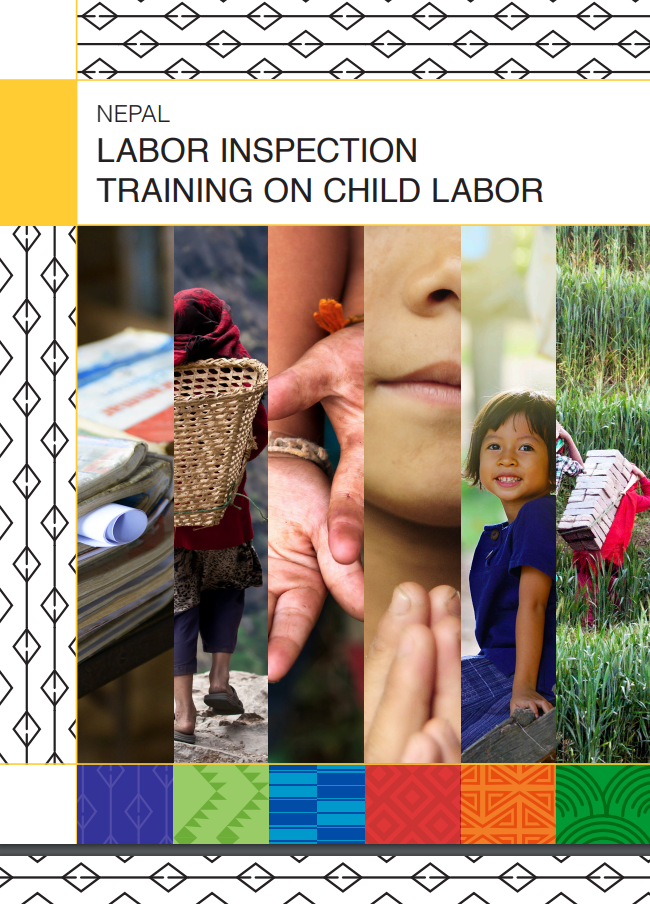Measuring modern slavery: Moving beyond prevalence
GuidanceModern Slavery Evidence Unit (MSEU) Research Briefing 11: on an article by Professor Todd Landman, May 2020 Lessons learned in the measurement of human rights can, and are, being applied to the measurement of modern slavery. The anti-slavery sect...Read More

